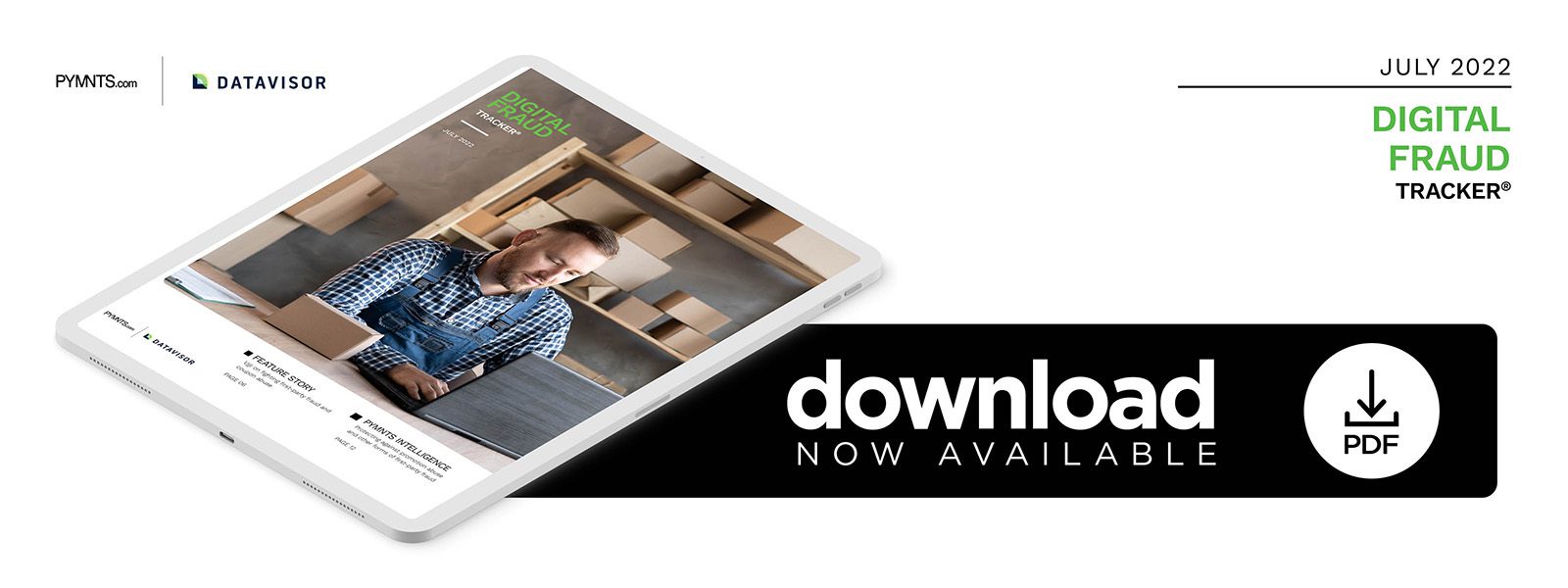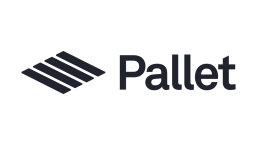Merchants Walk Fine Line Policing $90B of Promotions Abuse

There is a proliferation of individuals who abuse chargebacks, promotions, returns or merchant and financial services firms’ policies to get free merchandise or payouts, often in plain sight. This so-called first-party fraud — thus named because fraudsters often use their own identities rather than concealing them as third parties — costs merchants upward of $89 billion per year.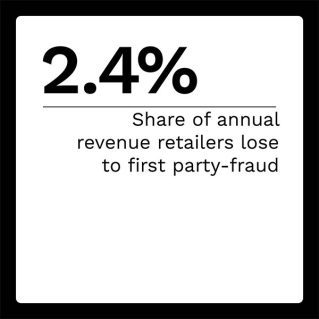
First-party fraud is both pervasive and insidious, with many customers committing it without even realizing its seriousness. Fighting these fraudulent activities without sacrificing legitimate customers’ experiences is a tough assignment, but new technologies offer the potential to balance these competing objectives.
In the July edition of the “Digital Fraud Tracker®,” PYMNTS explores the various means of first-party fraud and the most effective methods for preventing it without alienating legitimate customers.
Around the Digital Fraud Space
Retail fraud in Canada increased 15% since the beginning of the pandemic, accounting for hundreds of millions in losses to retailers, according to a recent report. Despite the changes to in-store traffic, the increases include professional return fraud, which involves thieves stealing items from stores with the intent of returning them later without receipts to obtain gift cards. Many retailers have also fallen victim to chargeback fraud, in which consumers dispute transactions and claim they never received packages.
Meanwhile, a recent report found that companies in the U.S. and the U.K. fail to uncover bot attacks for an average of 16 weeks — an increase of about two to four weeks from the same study a year ago. Even though most businesses are using mitigation measures to help detect and cut down on attacks, the increased average time to detection suggests that bot attacks are getting more intelligent.
For more on these stories, visit the Tracker’s News and Trends section.
Ujji on Fighting First-Party Fraud and Coupon Abuse
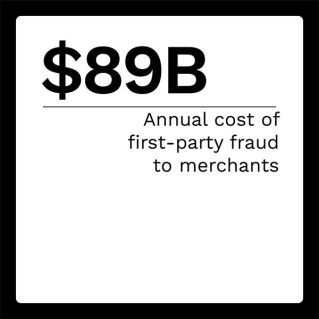 Fraudulent abuse of coupons and promotions has become so commonplace in the retail industry that some merchants make room in their budgets to allow for projected losses. For smaller retailers and specialty online merchants with limited wares, first-party fraud can take a serious chunk out of the bottom line.
Fraudulent abuse of coupons and promotions has become so commonplace in the retail industry that some merchants make room in their budgets to allow for projected losses. For smaller retailers and specialty online merchants with limited wares, first-party fraud can take a serious chunk out of the bottom line.
Digital tools, such as coupons that are specifically designed with complicated coding strings that expire after one use and software that detects chargeback abuse, are being employed to fight back, but companies must be careful not to alienate legitimate customers.
In this month’s Feature Story, Jake Doering, founder and creative director of ujji, talks about his company’s experience with first-party fraud and how digital strategies such as dynamic discount codes and tailored communications with customers can help mitigate the dangers that businesses face.
PYMNTS Intelligence: Protecting Against Promotion Abuse and Other Forms of First-Party Fraud
A huge portion of digital fraud comes from consumers themselves abusing chargebacks, promotions, returns or merchant policies and attempting to score free merchandise or payouts. Known as first-party fraud, this activity costs merchants upward of $89 billion per year, according to a recent PYMNTS study.
First-party fraud is incredibly pervasive, with many customers committing it without even realizing its gravity.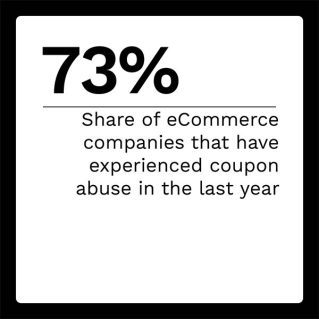 One of the most common forms of this fraud is misuse of coupons or other promotions. Policy abuse is another prominent form of first-party fraud, costing retailers as much as 2.4% of their annual revenues. One of the most important ways to limit promotion abuse is to make the promotions entirely digital and remove the element of human error from the equation.
One of the most common forms of this fraud is misuse of coupons or other promotions. Policy abuse is another prominent form of first-party fraud, costing retailers as much as 2.4% of their annual revenues. One of the most important ways to limit promotion abuse is to make the promotions entirely digital and remove the element of human error from the equation.
This month’s PYMNTS Intelligence takes a close look at the various means of first-party fraud and the most effective methods for preventing these fraud losses without alienating legitimate customers.
About the Tracker
The “Digital Fraud Tracker®,” a PYMNTS and DataVisor collaboration, examines the various means of first-party fraud and the most effective methods for preventing it without alienating legitimate customers.
